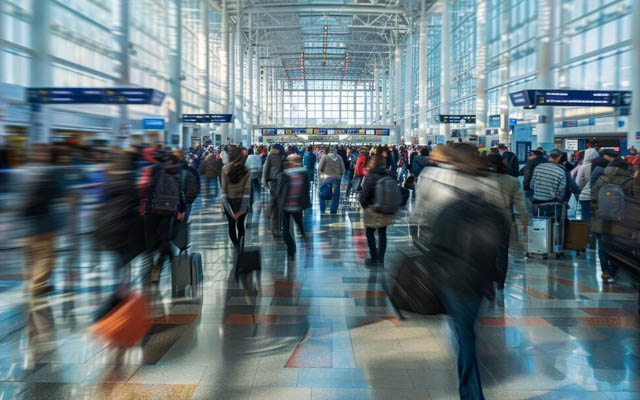Airfares in the Asia-Pacific and the Middle East regions have risen sharply, according to Airports Council International Asia-Pacific & Middle East.
The 2025 Airfare Trends report shows that increases are largely driven by inflation and reduced airline competition, rather than airport charges.

Oceania remains the most expensive region for air travel, while India and China continue to sit below the regional average. The report warns that lowering airport charges would have limited effect on ticket prices and could restrict airports’ ability to invest in capacity and technology.
Developed with Flare Aviation Consulting, the report provides a data-driven analysis of markets experiencing significant airfare increases and examines the factors behind these changes across two of the world’s most dynamic aviation regions.
Despite a substantial recovery in passenger traffic, airfares across the region have generally increased from 1H2019 to 2025, reversing the downward trend observed in pre-pandemic years. The rise is largely driven by inflation and reduced airline competition in certain key markets.
The Asia-Pacific region saw an average increase of 8% from 1H2019 to 2025, compared with an 18% decrease during 1H2014 to 2019. The increase has been more pronounced at the country level, particularly in Oceania and South-east Asia. The Middle East recorded a 15% increase over the same period, compared with an average 9% decline in 1H2014 to 2019.
The report confirms the limited role of airport charges in determining airfares. Airport charges and turnaround costs, including government taxes, have generally risen below Consumer Price Index levels. In markets where airport charges have fallen, airfares have continued to increase.
Airfares have risen across most markets, except China. South-east Asia and Oceania recorded the largest increases, with fares 20% and 30% above pre-pandemic levels, respectively. Oceania remains the most expensive region for air travel, while India and China are below the regional average.
International fares are up 17% above pre-pandemic levels, particularly in South-east Asia and developed East Asia. Domestic fares have surged over 30% above 2019 levels, especially on shorthaul low-cost carrier routes with reduced competition.
Economic travellers bear the largest share of these increases. Routes with low airline competition saw fares rise up to 13 percentage points above the regional average. The US-China market remained stable in 2025. Airfare shifts are largely determined by inflation and airline competition, factors beyond airports’ control.
Overall, fares increased by between 9% and 28% across the regions, even in markets where airport charges declined.
Stefano Baronci, director general, ACI Asia-Pacific & Middle East, said: “The objective of this analysis is to assess market dynamics and their impact on aviation, as well as provide transparency into the rising cost of air travel. This study also proves that lowering airport charges does not translate into a reduction in ticket prices; instead, it limits airports’ ability to invest in capacity and technology to enhance service quality.
“To make air travel more affordable for consumers, policymakers should focus on liberalising markets such as open skies, market access, and efficient slot policies, which can strengthen airline competition while ensuring airports can continue to invest to support growth in the coming years.”











